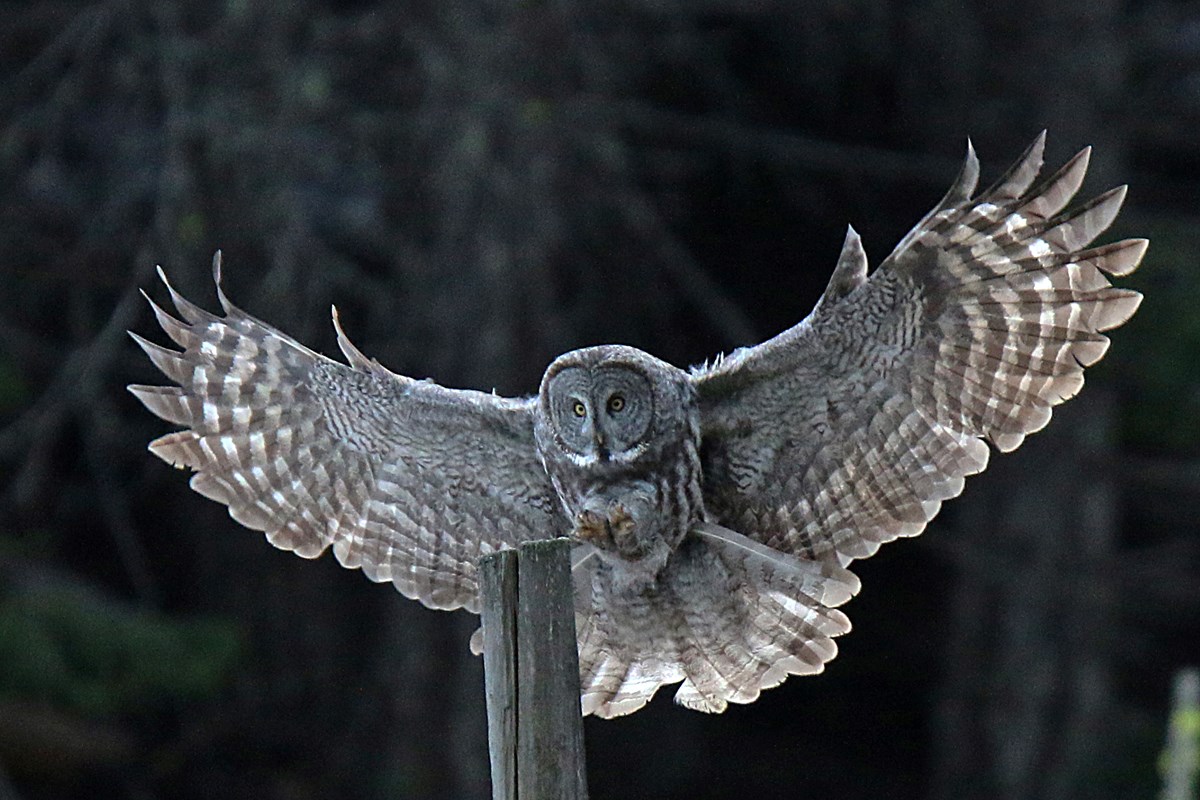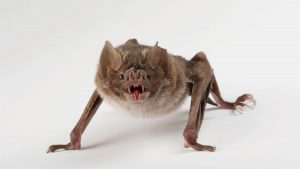
50 interesting facts about owl
- 👁️ 400
Owls are some of the most fascinating creatures in the animal kingdom. With their distinctive hooting calls and nocturnal habits, owls have captured our imaginations for centuries. In this article, we’ll explore some interesting facts about these amazing birds of prey.
- Owls are birds of prey, which means they hunt and kill other animals for food.
- There are over 200 species of owls, found on every continent except Antarctica.
- Owls are found in a wide variety of habitats, from forests and deserts to grasslands and tundras.
- The largest owl species is the Eurasian eagle-owl, which can weigh up to 10 pounds and have a wingspan of 6 feet.
- The smallest owl species is the elf owl, which is just 5-6 inches tall and weighs less than an ounce.
- Owls are mostly nocturnal, which means they are active at night and sleep during the day.
- Owls have excellent hearing and vision, which they use to locate prey in the dark.
- The feathers on an owl’s wings are specially designed to help them fly silently, allowing them to sneak up on prey without being heard.
- Owls are able to turn their heads almost all the way around, thanks to their flexible necks.
- An owl’s eyes are fixed in their sockets, which means they have to move their entire head to look around.
- Owls are carnivores, and their diet consists mainly of small mammals like mice and voles, as well as insects, fish, and other birds.
- Owls swallow their prey whole, and then regurgitate the indigestible parts like fur and bones in the form of pellets.
- Owls are solitary creatures, and they generally mate for life.
- Owls are very territorial, and will defend their nests and hunting grounds from other owls.
- Owls have a variety of calls, including hoots, screeches, and whistles, which they use to communicate with other owls.
- Owls are able to hunt in complete darkness, thanks to their highly sensitive eyesight and hearing.
- Some species of owls have ear tufts on their heads, which are not actually ears, but are thought to be used for communication and to help with camouflage.
- Owls are able to fly silently thanks to the special structure of their feathers, which muffles the sound of their wings.
- Owls have very powerful talons, which they use to catch and kill prey.
- The owl is a symbol of wisdom and knowledge in many cultures, including ancient Greek and Roman mythology.
- The barn owl is one of the most widespread and common owl species, found in many different habitats around the world.
- Owls are able to fly silently thanks to the special structure of their feathers, which muffles the sound of their wings.
- Owls have very large eyes relative to their body size, which helps them to see in low light conditions.
- Some species of owls are able to mimic the calls of other birds and animals, which helps them to lure prey closer.
- Owls have been known to attack humans who get too close to their nests or hunting grounds.
- Owls are able to turn their heads almost all the way around, but they are not able to rotate them a full 360 degrees.
- Some species of owls are able to fly faster than 50 miles per hour, making them one of the fastest birds in the world.
- Owls have very sharp talons, which they use to catch and kill prey.
- Owls have binocular vision, which means their eyes are positioned in the front of their heads, giving them depth perception and the ability to judge distances accurately.
- Some species of owls, such as the snowy owl, can live in very cold and harsh environments, where temperatures can reach as low as -50 degrees Celsius.
- Owls are able to fly silently thanks to the special structure of their feathers, which muffles the sound of their wings.
- Some species of owls have asymmetrical ears, which helps them to locate the exact position of prey using sound.
- Owls have excellent eyesight, which allows them to see in low light conditions and spot prey from a distance.
- The largest owl species is the Eurasian eagle-owl, which can weigh up to 10 pounds and have a wingspan of 6 feet.
- Owls have a very distinctive call, which varies depending on the species.
- Owls are able to rotate their heads up to 270 degrees, which allows them to scan their surroundings without moving their bodies.
- Some species of owls are able to camouflage themselves in their surroundings, making them difficult to spot.
- Owls have a third eyelid, called a nictitating membrane, which protects their eyes and keeps them moist while they are flying.
- Owls have very powerful beaks, which they use to tear the flesh of their prey.
- Owls are able to fly silently thanks to the special structure of their feathers, which muffles the sound of their wings.
- Some species of owls have a facial disc, which is a ring of feathers around their face that helps to direct sound towards their ears.
- Owls are able to fly in complete darkness, thanks to their highly sensitive eyesight and hearing.
- Some species of owls are able to catch and eat fish, which they pluck from the surface of the water.
- Owls have been used as symbols of wisdom and knowledge for thousands of years, and are often depicted in art and literature.
- The great horned owl is one of the most widespread owl species in North America, and can be found in a variety of habitats.
- Owls are able to locate prey even in complete darkness, thanks to their highly sensitive hearing.
- Some species of owls have very distinctive facial expressions, which they use to communicate with other owls.
- Owls have a very efficient digestive system, which allows them to extract as many nutrients as possible from their food.
- Some species of owls, such as the burrowing owl, live underground in burrows that they dig themselves.
- Owls have been known to be kept as pets by humans, although this practice is illegal in many countries.











